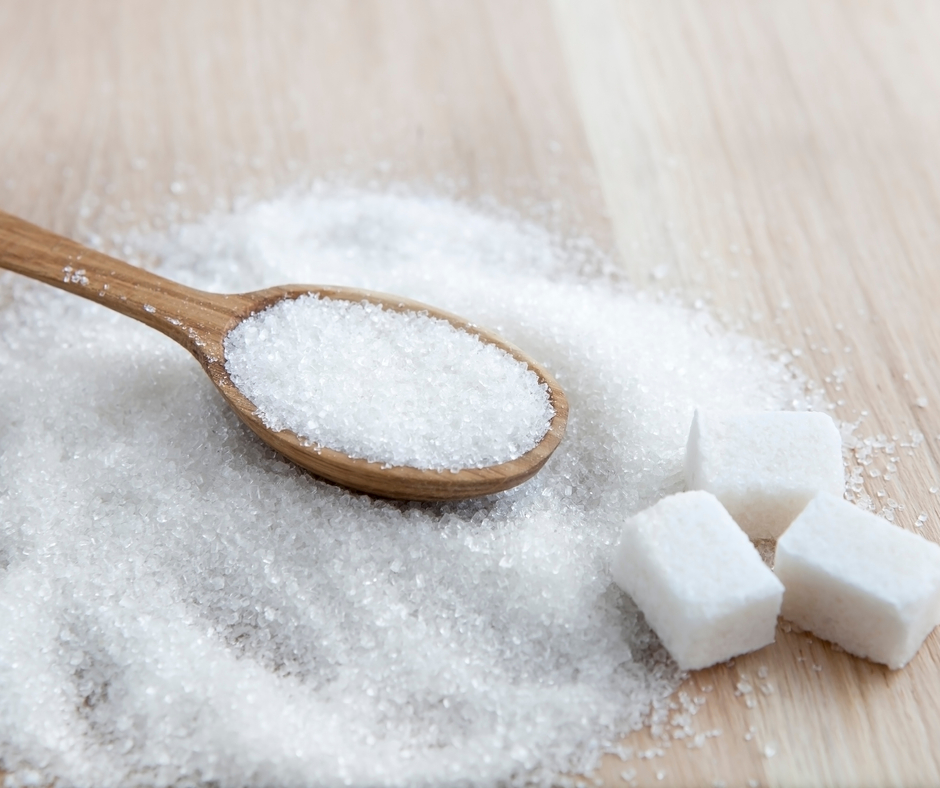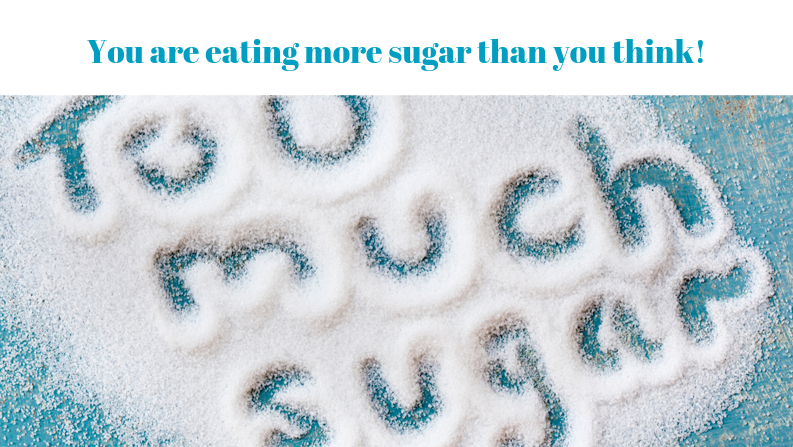As a collective we, we consume large, huge, massive, (which ever one you feel is right for your brain to process this) amounts of sugar in the food we eat every day even though it has been linked to a slew of health problems such as heart disease, high blood pressure, diabetes, cancer, weight gain and obesity just to name a few.
Sugar is a carbohydrate (carb) that is naturally found in many foods, including lactose (in milk) and fructose (in fruit). These are not, let me say that again, ARE NOT the big problem for your health; it’s the processed and added sugars that pose the biggest dangers, the increase in inflammation in the body and it’s not as easy as you may think to avoid them.
Sugar is in so many foods – much more than you may realize.
Soda and other soft drinks are one obvious culprit, with just one can of cola type soda having close to 10 teaspoons of sugar and non-cola soft drinks coming in between seven and eight. And just so you know, women should only have six teaspoons and men only nine per day. If a woman drinks one 12-ounce cola she has consumed almost two days’ worth of sugar in one drink. But, soda in not all you need to watch out for.
Many foods that you find in the grocery store have added sugar. Low fat or diet foods often times contain plenty of added sugar to make up for the lower fat content and to stop it tasting bland. Remember, sugar and fat make things taste good. Processed foods, snack foods, and packaged foods, in general usually have added sugar, including canned soups and ready-made sauces. Granola type bars and cereals have added sugar and you may not realize it, but even bread can be a victim of sugar! This is why checking your food labels is key to ensure your diet isn’t falling victim to sugar.
Check out my video on Facebook about this exact thing.

What Does Sugar Do to Your Health?
When you consume too much sugar in one sitting, like drinking a soda, essentially your blood sugar levels spike and then over a very short period of time it then leads to a big dip. You might get a sugar high or what you believe to be an increase in energy in the short term, but it’ll be followed by a crash that affects your mood, your energy, your waistline and makes you crave more sugar. This vicious cycle is one of the main reasons why sugar is so heavily linked to obesity as it encourages you to keep eating more sugar.
The health problems associated with sugar can go far beyond this though. The thing that I think we should be most concerned with is that sugar causes inflammation in the body. This is where your increased risk of developing disease comes into play. Inflammation is linked to heart disease, diabetes, cancer and a few others so why not cut back and reduce your risk of these lifestyle diseases? Oh, and I forgot to mention that sugar is also associated with tooth decay. Look at it this way, if your teeth are rotting with sugar, what is it doing to your organs and cells. Just think about that for a minute…what is sugar doing to the stuff you can’t see?
Quick Tip
Mix natural sugars or carbs with protein to balance your blood sugar levels and to stop the sugar being absorbed into your bloodstream as quickly. For example, team a piece of fruit with a handful of nuts or some yogurt. This can also help to curb cravings too.
What to Look For
Sugar often won’t be included on the ingredients as sugar. Food manufacturing companies are getting crafty when it comes to labelling their products and try to hide that there is sugar in something. Sugar can be labelled as a long list of other names and it can be hard to really understand what you’re eating. Anything ending in “ose” is just another name for sugar, including glucose, sucrose (better known as table sugar), fructose and maltose. These are the obvious ones.
So, the less obvious signs that something contains sugar are syrups such as rice syrup, cane syrup and corn syrup. And then there’s the big one – high fructose corn syrup.
One More Thing
And one more thing to pay attention to (yes, I know it is a lot but you got this) is where any of these named sugars are listed in the ingredient list. If they are high up on the list, meaning they are in the first few ingredients listed, then you know that there’s a good amount of sugar hiding in the food!
So, one last thing to think about is “sugar free” because if sugar is bad then sugar free must be better but research says otherwise. Sugar free foods generally contain artificial sweeteners such as sucralose and aspartame. Studies have suggested that these DO NOT do a lot to satisfy sugar cravings and may actually make you overeat. And, we for sure don’t want that!
Take Some Action, Today!
So, as an action step to help you break up with sugar, go through your pantry today and check your labels. Which products have hidden sugar? Make a list and next time you are at the grocery store look for options that don’t have the added sugar or better yet, look for a recipe to make your own. Share with me in the WellnessWise Facebook group. Not, part of the group? No worries…Join today!
Here’s to your wellness! ~Amy

